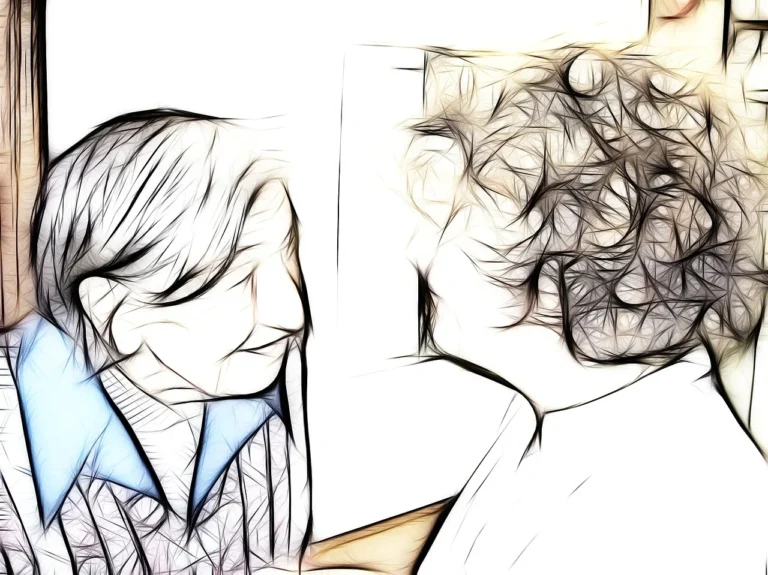Book Appointment Now

Communication Challenges in Caring for Patients with ASD
Caring for patients with Autism Spectrum Disorder (ASD) presents unique challenges, particularly in the area of communication. ASD is characterized by difficulties in social interaction, communication, and repetitive behaviors. Understanding the communication challenges in caring for patients with ASD is essential for healthcare providers, especially nurses, to ensure effective care and build trust with their patients.
Do you need essay writing help about Autism Spectrum Disorder (ASD) and the communication challenges? ![]()
Understanding Communication Difficulties in Patients with ASD
Patients with ASD can exhibit a wide range of communication difficulties, from non-verbal behavior to challenges in understanding social cues and nuances. Effective communication is a crucial aspect of patient care, yet communication challenges with ASD patients can make it difficult to convey information, understand needs, and provide appropriate care.
Key Communication Challenges in Caring for Patients with ASD
Several specific factors contribute to the communication difficulties faced by healthcare professionals when interacting with patients with ASD:
Non-Verbal Communication
- Limited Eye Contact: Many individuals with ASD may avoid eye contact, which can be misinterpreted as a lack of engagement or cooperation.
- Facial Expressions and Gestures: Patients with ASD may struggle to understand facial expressions, gestures, or other non-verbal cues, which can complicate communication.
Verbal Communication
- Delayed Speech or Language Skills: Some patients may have delayed speech or language skills, making it challenging for them to express their thoughts, feelings, or needs clearly.
- Literal Interpretation: Individuals with ASD often take language literally, which can lead to misunderstandings, especially when using idioms, metaphors, or abstract language.
Sensory Sensitivities
Patients with ASD may experience heightened sensitivities to sensory stimuli, such as bright lights, loud noises, or specific textures, which can cause discomfort and affect their ability to focus on communication.
Strategies to Overcome Communication Challenges with Patients with ASD
To improve communication with ASD patients, healthcare professionals can employ several strategies:
Use Simple and Clear Language
- Avoid Abstract Language: Use concrete and literal language to reduce misunderstandings. For example, say “sit down” instead of “take a seat.”
- Short Sentences and Simple Words: Keep sentences short and use simple, straightforward language to enhance understanding.
Incorporate Visual Supports
- Visual Aids: Use pictures, diagrams, or written instructions to help convey information. Visual aids can be particularly helpful for explaining procedures or routines.
- Sign Language or Communication Devices: For non-verbal patients, consider using sign language, communication boards, or electronic devices that assist with communication.
Create a Comfortable Environment
- Minimize Sensory Overload: Reduce background noise, use soft lighting, and create a calming environment to help patients feel more at ease.
- Establish Routines: Consistency and routine can help reduce anxiety and make communication more predictable for patients with ASD.
Role of Nurses in Overcoming Communication Barriers with ASD Patients
Nurses play a vital role in addressing communication challenges when caring for patients with ASD. Key responsibilities include:
Building Trust and Rapport
- Establish a Connection: Spend time getting to know the patient and building rapport. Understanding their preferences and communication style can improve interactions.
- Be Patient and Empathetic: Allow extra time for communication and be patient with the patient’s responses. Showing empathy and understanding can create a more supportive environment.
Training and Education
- Continuous Learning: Nurses should stay informed about best practices for communicating with ASD patients and participate in training programs to enhance their skills.
- Educate Families: Provide family members with strategies and tools to improve communication and support their loved ones with ASD.
Practical Tips for Effective Communication with ASD Patients
To overcome autism spectrum disorder communication challenges, healthcare professionals can adopt the following practical approaches:
Encourage Alternative Communication Methods
- Use of Technology: Encourage the use of apps or devices designed to facilitate communication for non-verbal or minimally verbal patients.
- Writing or Drawing: Allow patients to write or draw to express themselves if they find verbal communication difficult.
Respect Individual Preferences
- Personalized Care: Recognize that each patient with ASD is unique. Tailor communication strategies to their individual needs and preferences.
- Ask for Input: Involve the patient in decision-making as much as possible, asking for their input and preferences in a respectful manner.
Understanding the communication challenges in caring for patients with ASD is essential for providing compassionate and effective care. By recognizing the unique needs of these patients, healthcare providers can adopt strategies that enhance communication, build trust, and create a supportive environment. Through continuous education, empathy, and adaptation, nurses can overcome these challenges and improve the quality of care for individuals with ASD.
Also read:







